Singapore acts swiftly as global trade war unfolds

The world entered a turbulent period over the past few weeks, marked by rising protectionism and economic tension. A trade war has broken out between the US and China, with both sides slapping high tariffs—up to 145%—on each other’s goods. Even though the US has paused some of these, many tariffs are still in place, […]
The White Lotus, but M’sian: 5 resorts to live out your luxury fantasies, minus the drama

Well, The White Lotus fans, it’s over… and it’s going to be another couple of years before we get to watch more rich white people and their first-world problems at a luxury resort. But whether you’re still reeling over a certain character’s death or crying over another character’s incredible monologue (shoutout to Carrie Coon, you […]
As the US-China trade war rages on, how are S’porean bizs reliant on these markets affected?

The world was shaken up when the President of the United States, Donald J. Trump, announced that he would impose a 10% baseline tariff on all goods coming to America from anywhere in the world, including Singapore. He has also announced hefty “reciprocal” tariffs on at least 60 trading partners, which he singled out as […]
What made the RM5,780 Lenovo Yoga Slim 7i my favourite work companion for 2 weeks
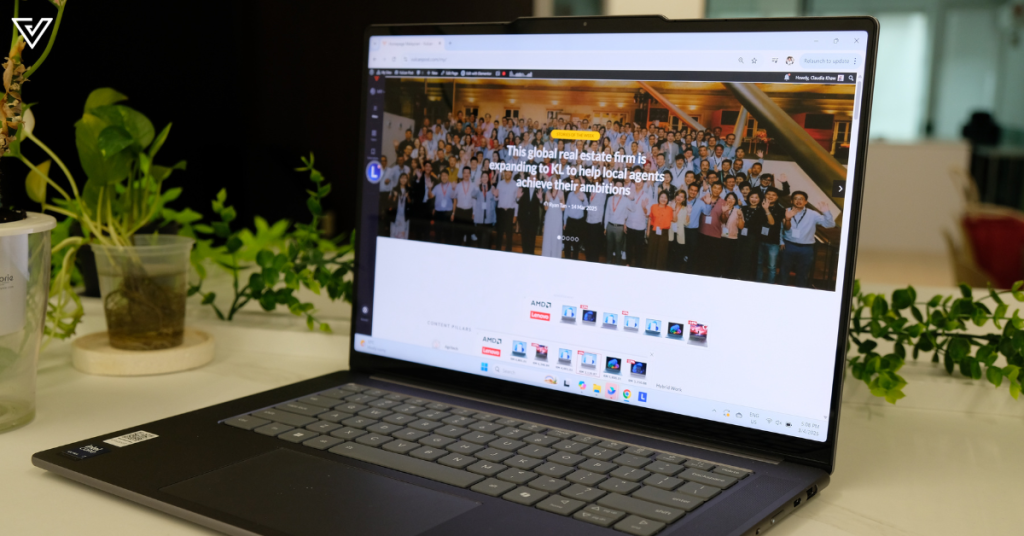
As a writer, a good laptop is my holy grail. After all, I spend at least eight hours a day staring at my laptop. Sure, I can work off a lousy but functional one, but the better it is, the more inspired I feel. With the Lenovo Yoga Slim 7i Gen 9 Aura Edition, my […]
Why Common Man Coffee Roasters’ founder started another biz to bring “real” honey to S’pore

Harry Grover has long been at the forefront of Singapore’s third wave coffee movement. Back when Singapore’s coffee landscape was dominated by Starbucks and local coffee stalls, he launched speciality coffee joints Common Man Coffee Roasters (CMCR) and Forty Hands—both of which quickly grew into well-known brands in the city-state, though the latter has since […]
11 yrs in, this M’sian food truck owner now runs 2 F&B brands and supplies to others
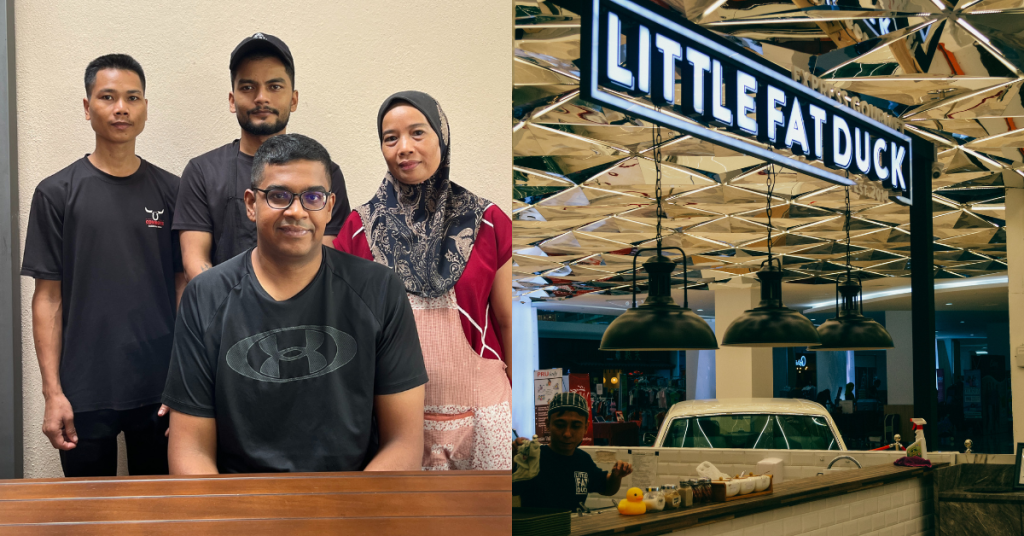
Sometimes entrepreneurship is about doing the right thing at the right time, even if you didn’t know it then. Such was the case for Adel bin Muhamed Ishak, who studied mass communications in university. Entrepreneurship has always been something Adel leaned towards, though, having played and sold trading cards as a child. “I also used […]
This M’sian chef’s deep fried burger joint in PJ wants to create a legacy beyond virality
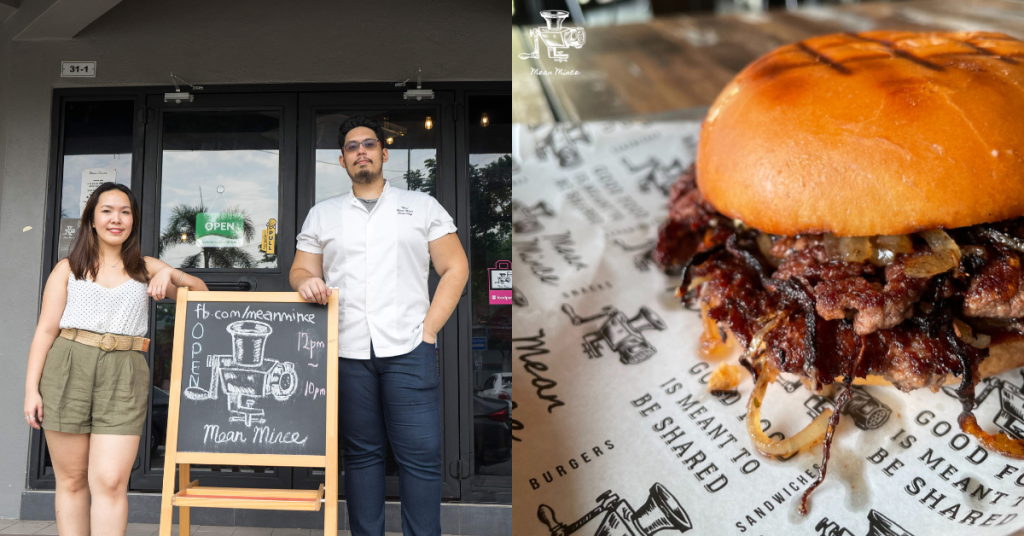
Located in Mutiara Damansara, Mean Mince has gained a sizable following since it opened its doors in 2018. Known for its American-themed concept, the spot serves up deep fried burgers, deep dish pizza, and other indulgent eats. Not too long ago though, its chef patron Min, announced that he and his wife Stephanie were taking […]
A powerful AI computing solution for enterprises, by this M’sian biz with NVIDIA & Dell

[This is a sponsored article with SNS Network.] I think that it’s safe to say that we’re all pretty familiar with the term “artificial intelligence” or “AI” at this point. It’s a technology that saw explosive growth in 2023 with the development of generative AI models such as ChatGPT, and it has only gained momentum […]
Singapore’s Love, Bonito is on its way to becoming profitable in 2025, says CEO Dione Song
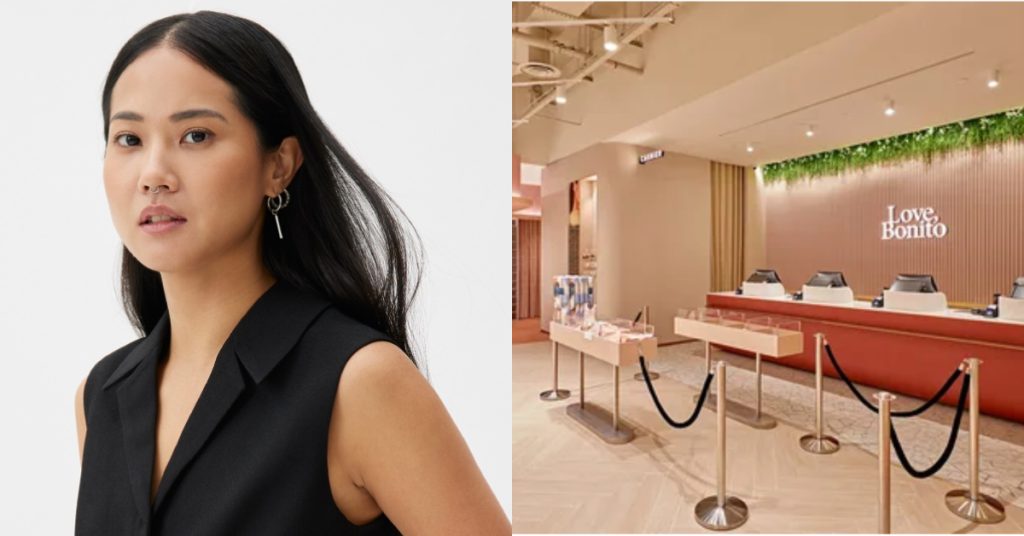
Singaporean fashion retailer Love, Bonito is on its way to becoming profitable, according to its CEO Dione Song. The company is projected to cross S$100 million in revenue and reach profitability this year. In a LinkedIn post published today (April 9), Song highlighted the brand’s strong financial performance in recent years. In 2023, it recorded […]
These are the top 15 companies to work for in Singapore, according to LinkedIn

LinkedIn, on April 8, unveiled its 2025 Top Companies list, publishing the top 15 companies to work for in Singapore. The professional networking site picked out these companies based on its data, evaluating factors such as their ability to advance employees and support skill development, among other factors. Note: Companies with layoffs of 10% or […]
Here’s what Singapore politicians have to say about Trump’s tariffs

During a Parliament sitting yesterday (April 8), Prime Minister Lawrence Wong expressed his disappointment with the US-imposed tariffs on Singapore, warning of their broader implications for the global trading system and the world economy. The tariffs, announced by US President Donald Trump on April 2, impose a blanket 10% tariff on all imports into the country, […]
Is zero waste still in? The founders of this 3 Y/O Subang zero-waste store are betting yes.
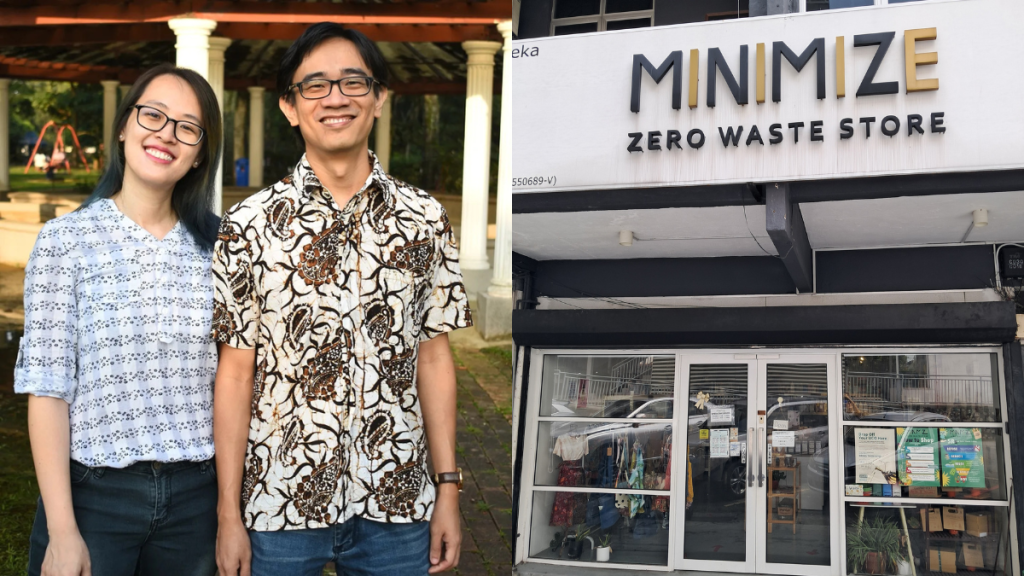
Growing up, my mother had always preached about recycling and waste management and overall trying to minimize our contribution to the endlessly growing pile of trash on this world. “Why must get plastic, ah?” “Wash the container, can use tomorrow.” “Go send that bag of newspapers and old milk boxes to the recycling place.” And […]
What’s in a RM2,099 Samsung Galaxy Ring? We got hands-on with it to find out.
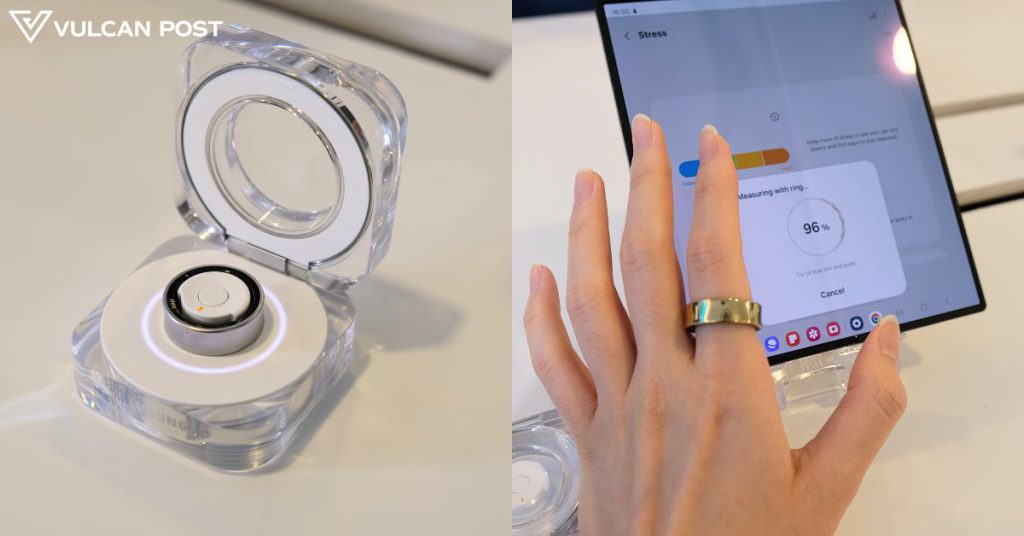
If you’ve had your eye on the Samsung Galaxy Ring since its release in July 2024, good news—it’s now on Malaysian shores too, selling for RM2,099. We recently had a chance to get our hands on it (or it on our hands?), and here are our first thoughts on the tech. Size matters After seeing […]
Ride-hailing giant Grab disrupts the scene again with new AI features, here’s what to expect

Following its “strongest financial quarter” last year, ride-hailing giant Grab introduced a new series of products at its inaugural Grab X event this morning (April 8, 2025). In his opening address, Anthony Tan, co-founder and CEO of Grab, introduced the key problems the company hoped to tackle with their new services, all of which are […]
Trump’s tariffs may put Singapore jobs at risk, especially in these key industries
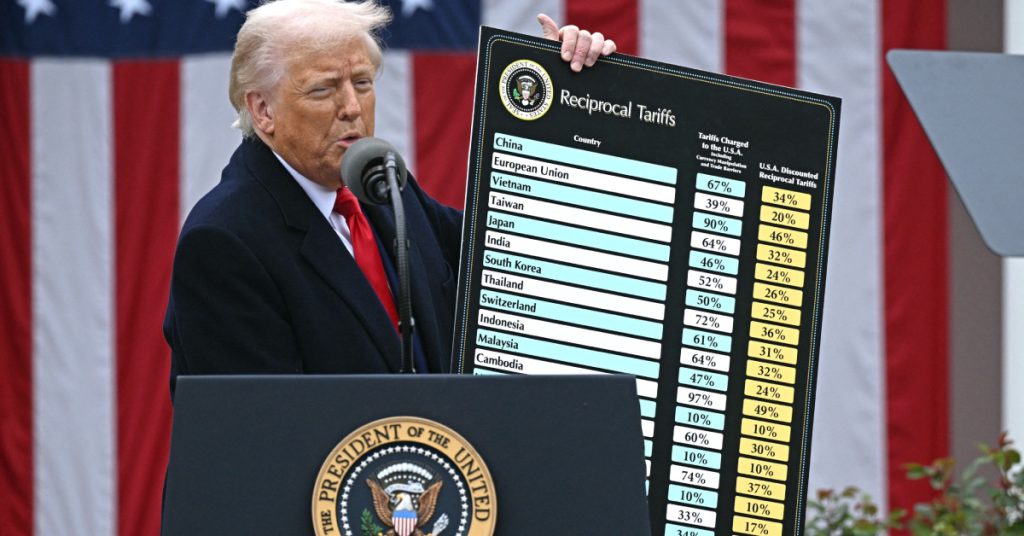
With the new US tariffs set to come into effect tomorrow (April 9), all eyes are peeled to see how global countries are going to react to the tariffs. Earlier today, Singapore’s Prime Minister Lawrence Wong told Parliament that tariffs would hurt the city-state’s economy, businesses, and workers. “Singapore may or may not go into […]
YouGov: Singapore’s PAP leads in early GE2025 poll
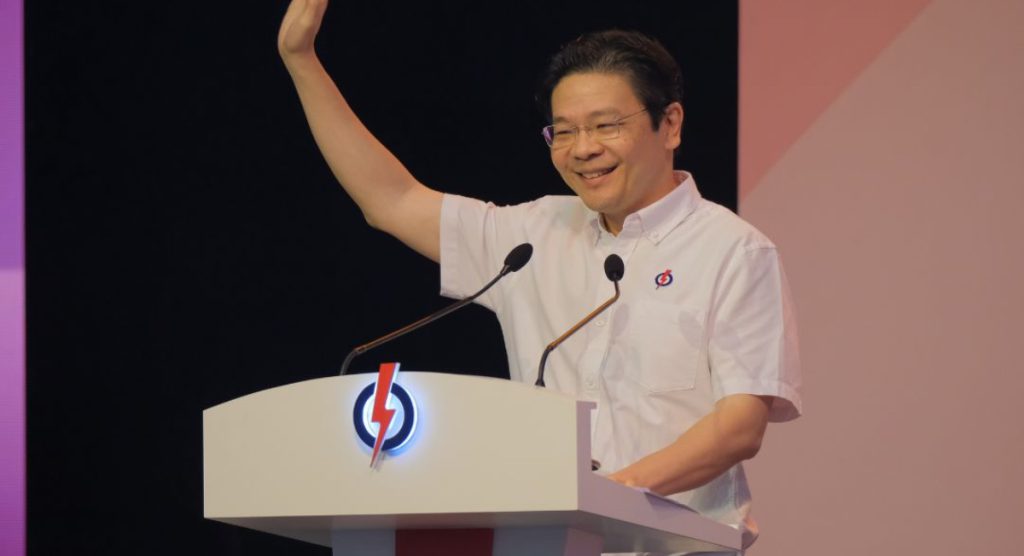
The People’s Action Party could secure at least 40% of the votes if GE2025 were held tomorrow, according to a YouGov survey cited by Bloomberg. The poll, which was conducted from March 25 to April 1, also found that approximately 12% of respondents would support the Workers’ Party, while the Singapore People’s Party, Singapore Democratic Party, National […]
What do Trump’s tariffs actually mean for M’sia? We asked local experts & biz owners.
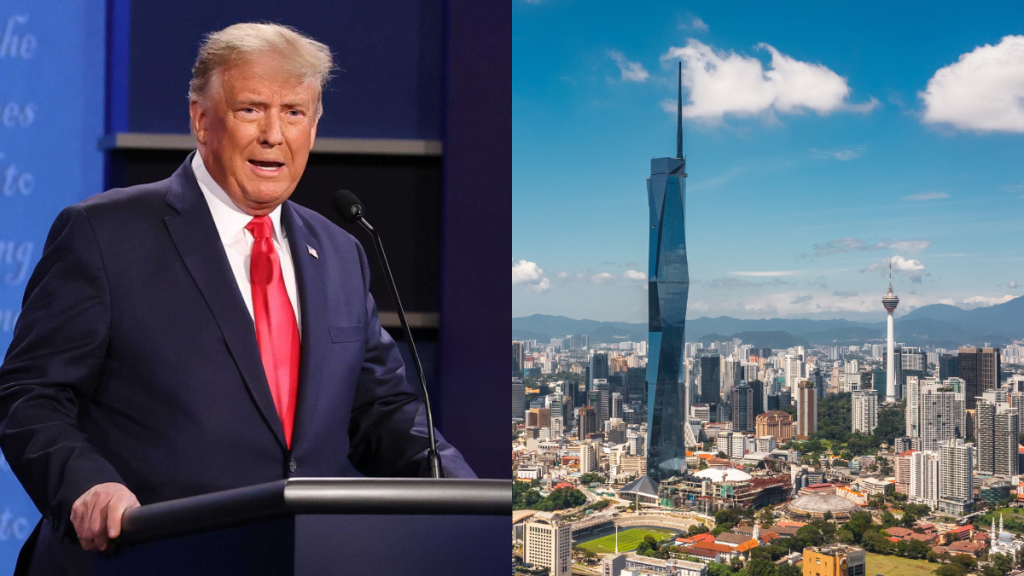
On April 2, 2025, US President Donald Trump announced sweeping tariffs on its trading partners. Starting April 6, a universal 10% tariff would be imposed on all goods coming into the US from anywhere in the world. Adding to that, Trump also announced “reciprocal” tariff rates for over 60 countries, apparently targeting countries with which […]
Despite working full-time jobs, this duo started a cafe in TTDI for fitness enthusiasts

If you were already working a full-time job, would you be willing to run another business that requires an equal amount of commitment on the side? And not just that, one that requires your attention seven days a week? Well, they can’t speak for everyone, but for Carly and Min, the answer is a resounding […]
Nearly 50% of tech roles in Singapore saw salary cuts in 2024—even AI-related positions
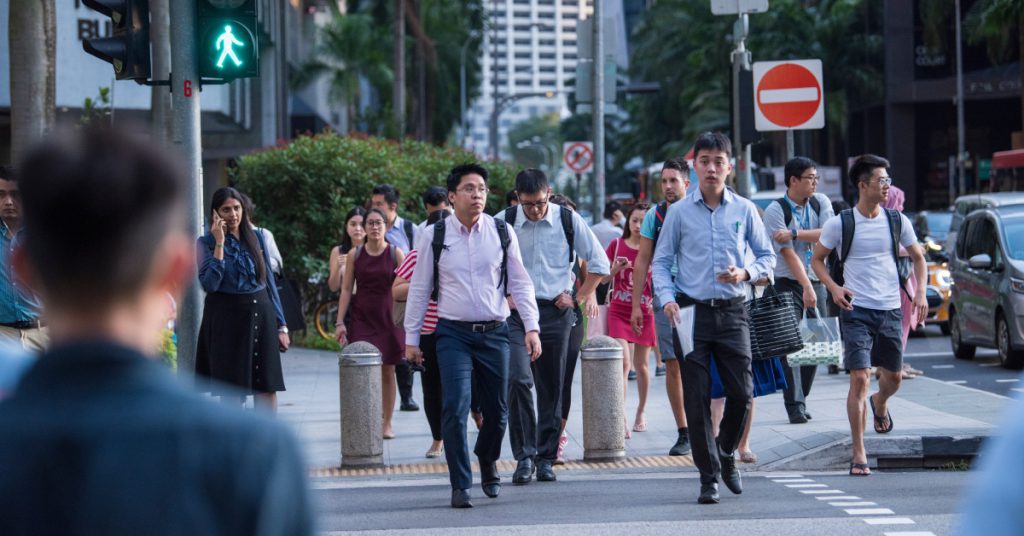
Amid ongoing layoffs and hiring freezes, the tech industry continues to face uncertainty—and Singapore hasn’t been spared. Salaries have taken a hit across the board, with almost 50% of tech roles (7 out of 16) across the city-state seeing a decline in 2024, according to Nodeflair’s annual tech salary report. This includes AI-related positions, which, […]
How this Singaporean built his own hotel brand using decommissioned city buses
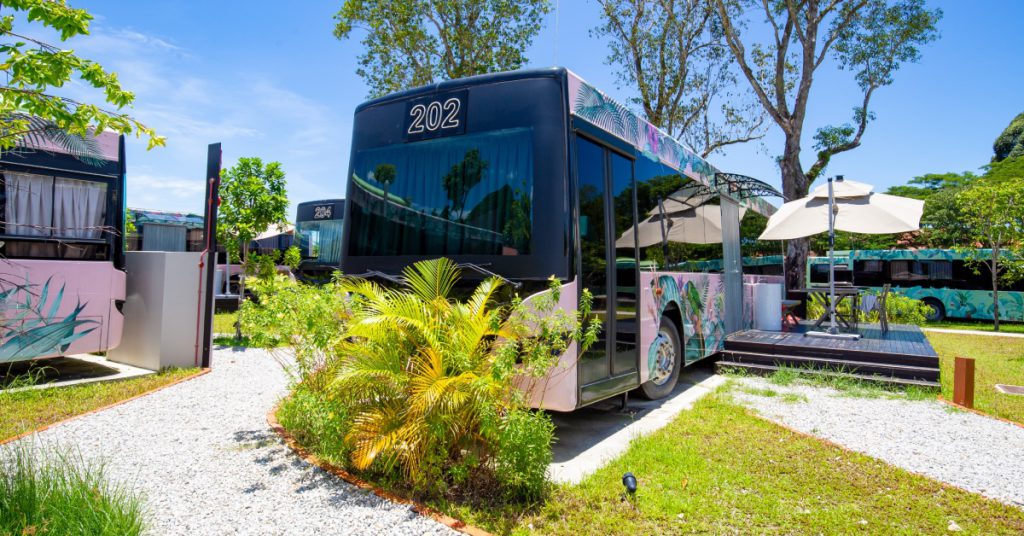
Staycations have long been the go-to for celebrating birthdays, enjoying weekend getaways, or making the most of school holidays. But let’s be honest—the same old hotels and resorts can start to feel a little… monotonous. So when something truly different, like The Bus Collective, rolls into town (literally), it’s hard not to take notice. The […]
“Nothing matters as much as the vote”: Political analyst Prof Walid gets real about GE2025

No matter your level of political interest, one thing is certain: Singapore’s general election must take place by November 2025. As GE2025 approaches, it has become a key focus for both mainstream and alternative media, with analysts and experts offering insights and assessments. Among them is political analyst Professor Walid Jumblatt Bin Abdullah. 1. GE2025 […]
8 fun trivia nights & quiz events in Klang Valley that are regularly held, and where to join

Most of us think we’re at least in the 50th percentile for intelligence. Yet not many of us get the chance to prove our wits out in the real world. Enter quiz nights! A fun little bonding activity for some, and for others, a high-stakes competition at which you risk bringing dishonour to your family. […]
This M’sian built a regional retail brand & bagged US$1 mil in under a year—selling juice

Malaysia has always been home to a strong yumcha culture that has led to the proliferation of many beverage brands. There had been the boom of milk tea about a decade ago, and today, coffee shops are a dime a dozen. What’s the next big thing? Malaysian brand Being Juice is betting on juice being […]
How the founders of this KL gym are making it less scary for people to start their fitness journeys
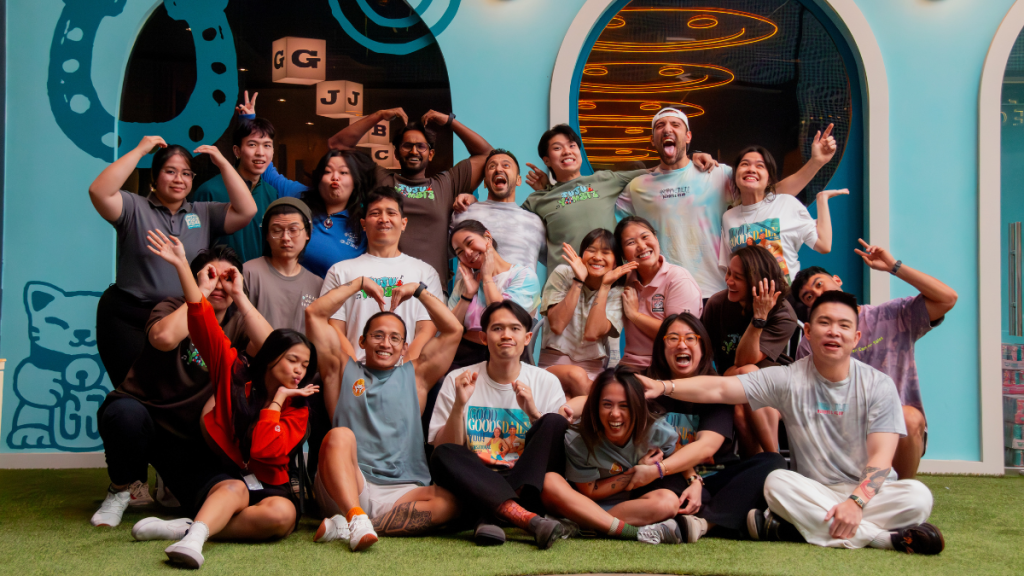
I get it. The gym can be a scary space. Everyone looks like they know what they’re doing, and it’s embarrassing to mess up in front of all these seemingly accomplished, fit people. Then, of course, there’s the issue of figuring out which workouts you’re going to do, how many people are using the machine, […]
This S’porean drum teacher quit music to pursue a cybersecurity career, here’s how he did it
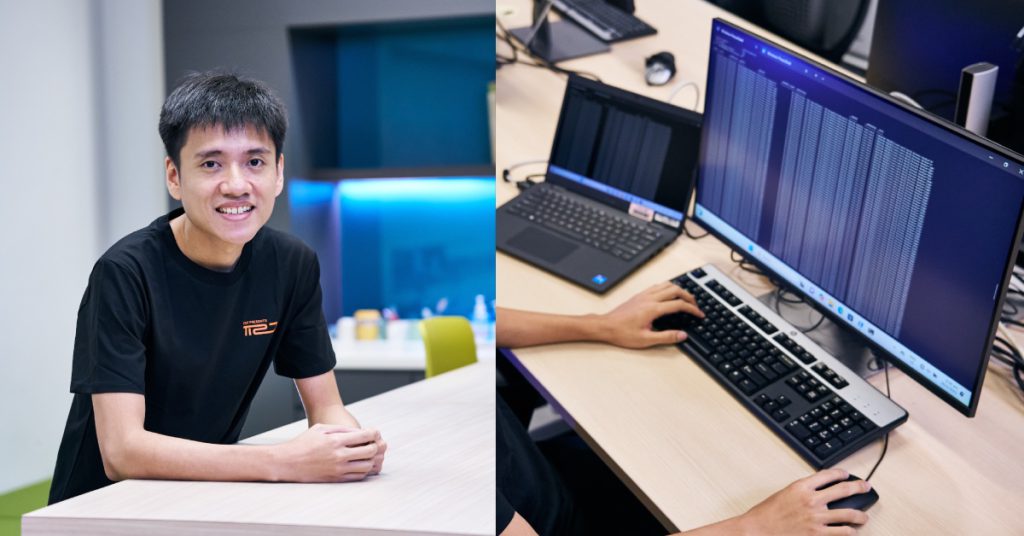
[This is a sponsored article with the Centre for Strategic Infocomm Technologies (CSIT).] After spending nearly a decade in the music industry, Solomon Soh found himself at a crossroads. Having stepped away from his job in a local drum school, the 32-year-old was unsure of what to do next—that was until he came across the […]
This Wes Anderson-esque KL hotel served us aesthetics, but is it worth a full workcation at?
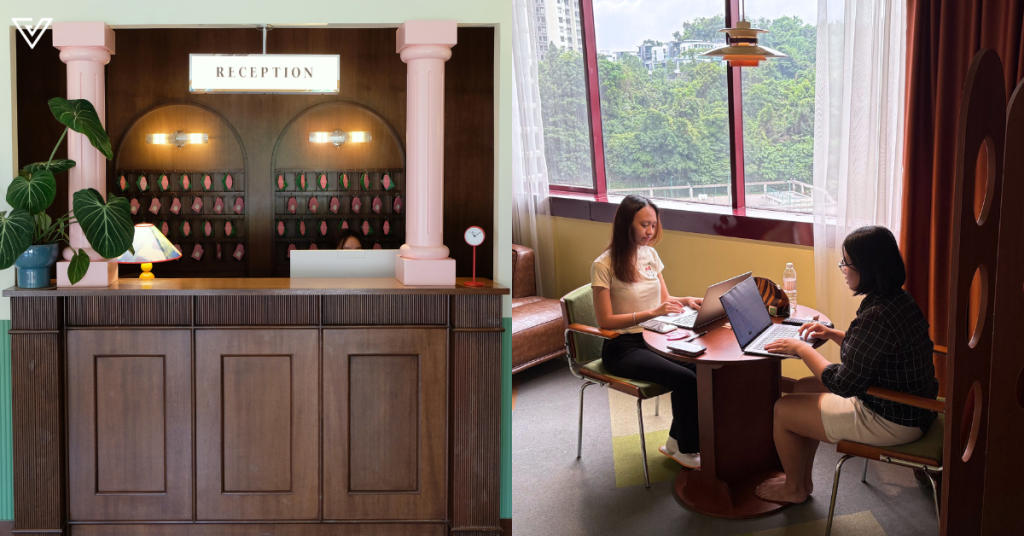
This is a workcation series where we personally visit and review hotels, resorts, and more, to find out how well they cater to digital nomads and hybrid professionals. Hotel highlights: ✓ Wes Anderson-inspired, Instagram-worthy interior design at every corner ✓ Central location that’s just a few minutes’ drive away from Mid Valley Megamall and The Gardens Mall […]
49 S’poreans are on Forbes’ 2025 Billionaire List. Who’s new & who are the top 10?

The Forbes 2025 list of the world’s richest people, which was released today (April 3), revealed that there are now more billionaires than ever: 3,028 in all, 247 more than last year. Collectively, their net worth has skyrocketed to a staggering US$16.1 trillion, marking a massive increase from the US$2 trillion in 2024. And the richest among […]
M’sia’s 19 richest: Who’s new & who’s missing on Forbes’ 2025 World’s Billionaires List

Like clockwork, Forbes has dropped its annual World’s Billionaires List. This year, there are 19 Malaysians who made it onto the list. As usual, familiar faces dominate it, but there are some notable names who have appeared (or reappeared). A new face The most prominent addition to the list is none other than 99 Speedmart’s […]
Trump’s tariffs shake up global trade—Singapore imposed with 10% baseline rate
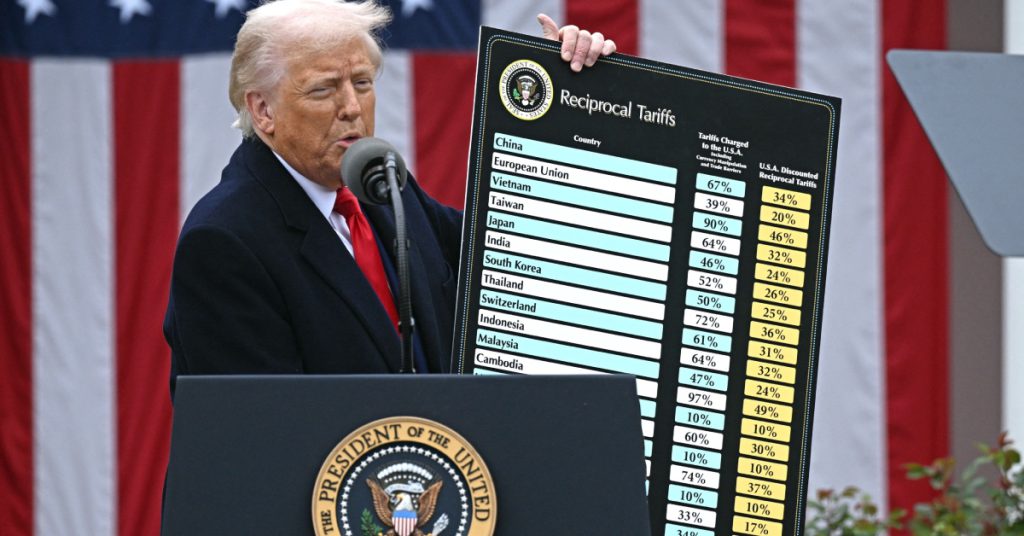
As part of his vision to “make America wealthy again,” United States President Donald Trump announced on Wednesday (April 2) that he would impose a 10% baseline tariff on all goods coming into America from anywhere in the world, including Singapore. Framing it as a declaration of economic independence, he also introduced hefty “reciprocal” tariffs […]
Politicians want to be #relatable too, but are S’poreans here for their new campaign strat?

House visits, walkabouts, posters on lamposts and the roaring cheers at rallies—these were the sights and sounds that I heard as a child during the election season. But times have since changed. With the advancement of technology and the unexpected timing of the COVID-19 pandemic, Singapore had its first digital election in GE2020. Not only […]

